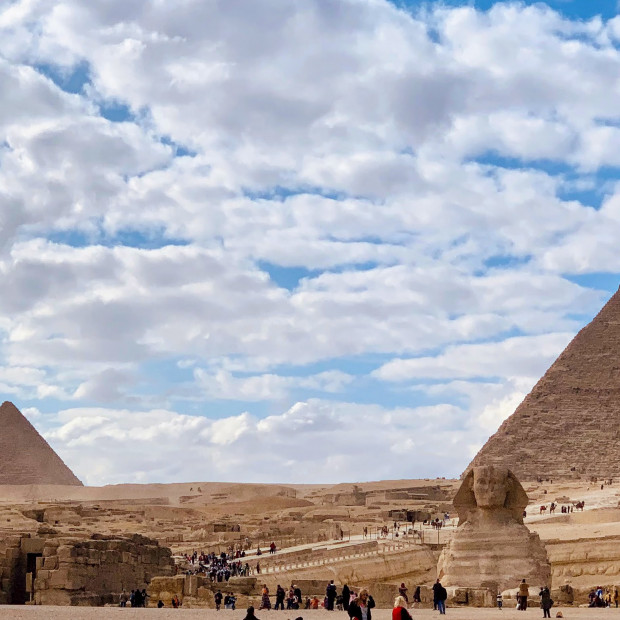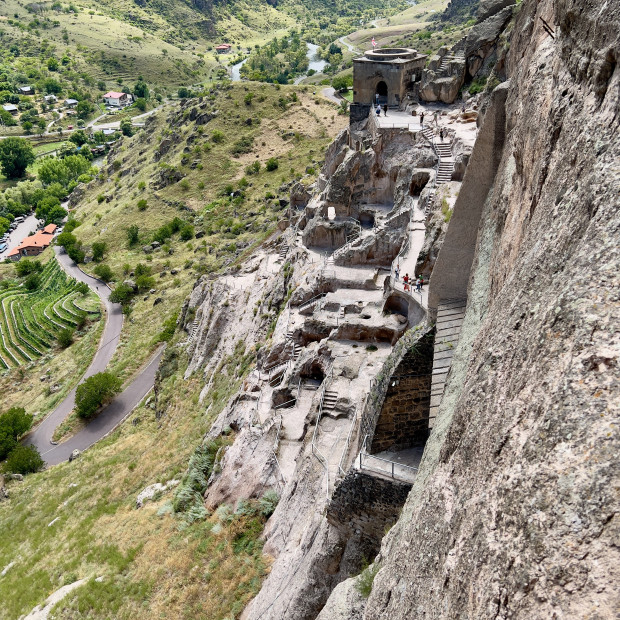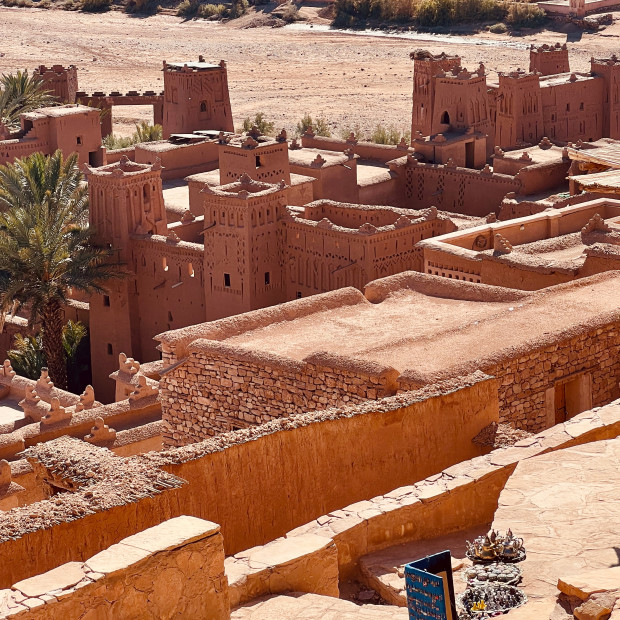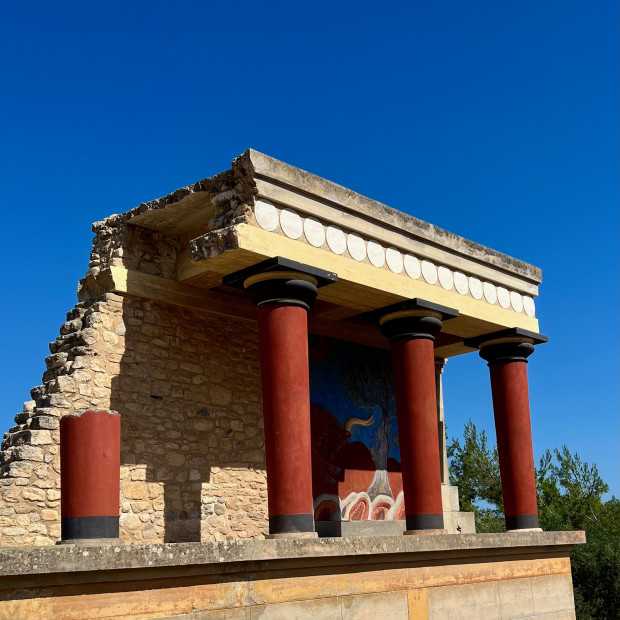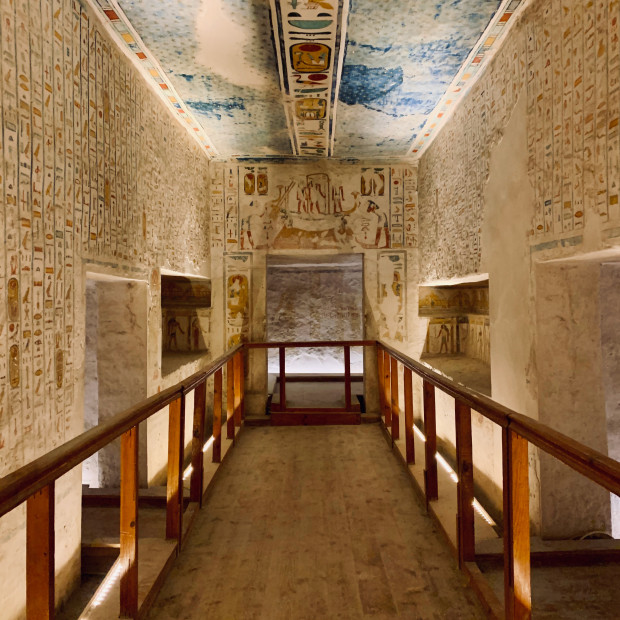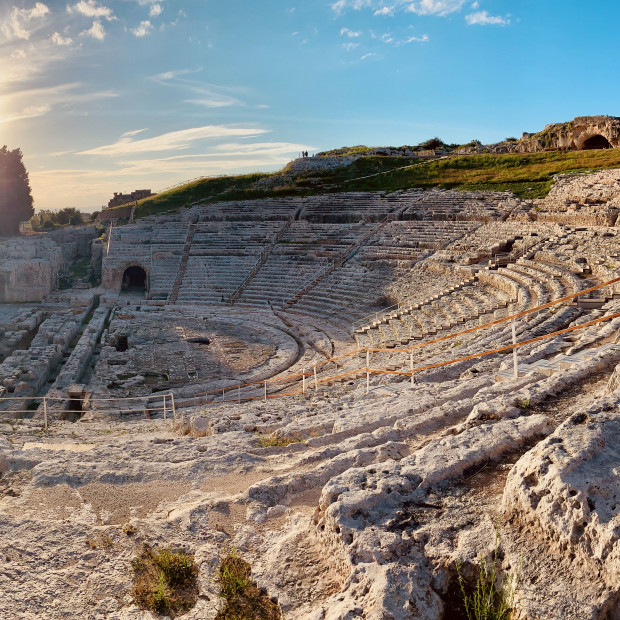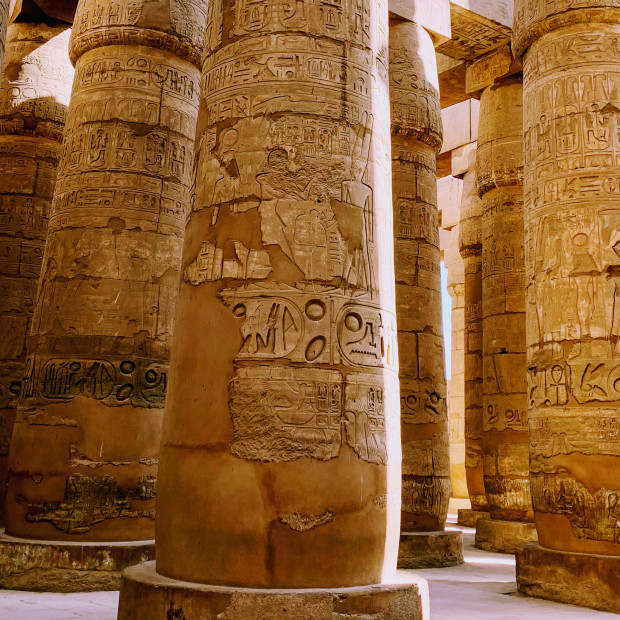About this place
Unveiling the Scientific Marvels of the Pyramids in Giza, Egypt
Welcome to the extraordinary realm of ancient Egypt, where the Pyramids of Giza stand as enduring testaments to the advanced engineering and architectural achievements of one of the world's greatest civilizations. These colossal structures, dating back over 4,500 years, showcase the remarkable skills and meticulous planning of the ancient Egyptians.
The Pyramids of Giza, located on the Giza Plateau just outside Cairo, consist of three main pyramids: the Great Pyramid of Khufu (Cheops), the Pyramid of Khafre (Chephren), and the Pyramid of Menkaure (Mycerinus). The Great Pyramid, the largest and oldest of the three, stands approximately 146.5 meters (481 feet) tall and was constructed using an estimated 2.3 million limestone blocks, each weighing an average of 2.5 tons.
The precision with which the pyramids were built is a testament to the ancient Egyptians' knowledge of mathematics and astronomy. The sides of the pyramids are aligned with the cardinal points of the compass with astonishing accuracy. The Great Pyramid, for example, deviates from true north by less than 0.06 degrees.
Exploring the interior of the Great Pyramid reveals a network of passages and chambers. The King's Chamber, located at the center of the pyramid, is made from red granite and houses the sarcophagus, which was intended to hold the pharaoh's mummified remains. The Grand Gallery, a corridor leading to the King's Chamber, features a roof formed by overlapping limestone blocks, creating an impressive architectural feat.
Adjacent to the pyramids stands the enigmatic Sphinx, an iconic symbol of ancient Egypt. Carved from a single block of limestone, the Sphinx measures approximately 20 meters (66 feet) in height and 73 meters (240 feet) in length. Believed to represent the pharaoh Khafre, the Sphinx is a remarkable example of ancient Egyptian sculpture.
The construction of the pyramids involved an immense workforce, including skilled craftsmen, engineers, and laborers. The engineering techniques employed, such as the use of ramps and pulleys, continue to astound researchers and inspire awe in modern times.
Visiting the Pyramids of Giza provides an opportunity to delve into the scientific and technological achievements of the ancient world. As you stand in the presence of these architectural marvels, marvel at the precise alignment, the sheer scale, and the meticulous craftsmanship that have preserved these structures for thousands of years.

